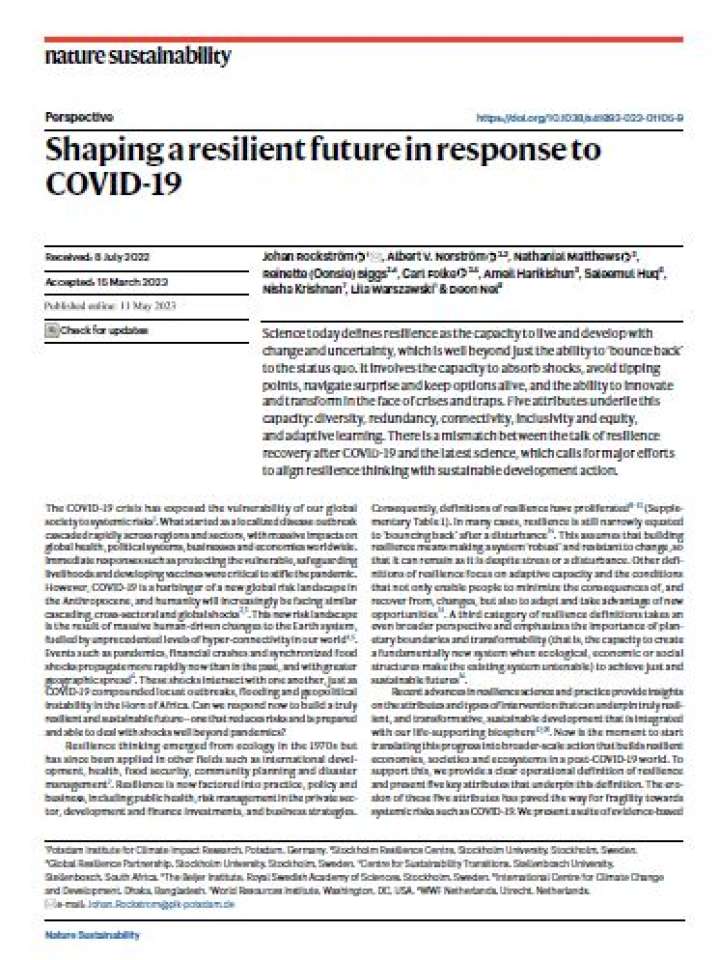Country-level energy demand for cooling has increased over the past two decades
This study investigates, at country level, the changes in cooling degree days worldwide in a recent twenty-one-year period starting in 2000. Cooling degree days provide a simple indicator to represent how temperature drives energy demand for cooling. A new database, jointly generated by CMCC and IEA based on ERA5 reanalysis’ global gridded data, is used for the analysis. In contrast to the existent literature, the factors of population-weighting and humidity are considered, which affect the magnitude and the spatial distribution of these changes.
Annual tendencies show a general increase of cooling degree days over the different countries, fostering more energy consumption for cooling demand, as confirmed by some regional studies. The authors also focus on the temporal clustering, to measure if peaks occur evenly random or tend to cluster in shorter periods. They stress that including humidity is important both for general tendencies and clustering. India, Cambodia, Thailand and Vietnam represent the emerging countries where this effect is stronger.
Explore further
